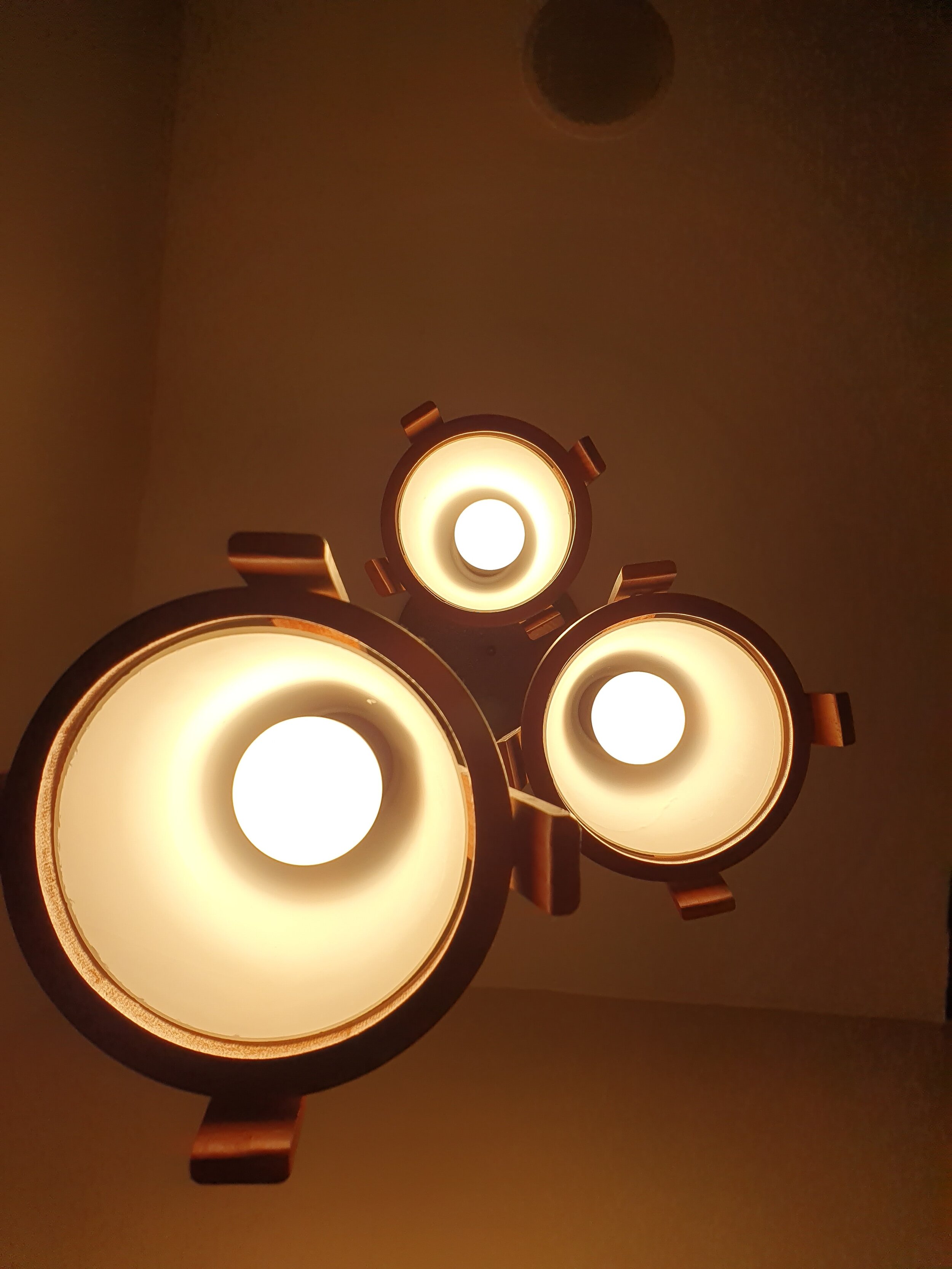Lighting Lingo
Selecting the best light bulb and lighting fixtures can be a really confusing task. The best place to start is by understanding and using the correct terminology. Here’s a little cheat sheet to and some important tips to remember to help the job go smoother!
LUMENS - The amount of light emitted from your light bulb. The more lumens you have the brighter the light. The lower the lumens, the dimmer the light.
WATTS - This refers to the amount of energy that your light bulb uses. The less watts the less you pay your electric company. NOTE: The old way of using watts to signify the brightness of a lightbulb is a thing of the past!
TIP: I suggest using lumens for an as easy way to compare light bulb brightness rather than wattage.
KELVIN (K) - Light color or appearance is measured by this value. It is a temperature scale. The lower the Kelvin number will mean more yellow light; the higher Kelvin number translates to a whiter (or more blue) the light will appear. This measurement can be counter-intuitive as the higher the number Kelvin the cooler the color of the light and the lower the Kelvin temperature the warmer the color temperature.
TIP: Color temperature translated into real world terms - a traditional incandescent bulb measures 2700K whereas a basic first-generation LED might measure between 4000K-4500K.
The appearance of the bulb itself and the color temperature of the light that it emits is a really important part in how the colors in your space look. If you are using cooler tones, like blue, purple and some greens, then it’s best to choose a lighting bulb in the 3000K-4000K range. But if your color palette contains reds, oranges or yellows then select a 2700K – 3000K bulb.
TIP: As a general rule of thumb a 3000K LED is an appropriate color temperature for most interior spaces.
Color Rendering Index (CRI) - this is a measurement of the ability for each different light source to correctly display various colors. For example, warmer colors, like red and golds, tend to look more appealing in a warmer light source like an incandescent. That same color, red, under a cooler fluorescent appears purple. CRI is measured in a range between 1-100.
Right now most LEDs will be 80-90 CRI, so just consider that if you have the option, then choose the highest number CRI, but don’t make yourself crazy!
TIP: In the lighting industry a light bulb is referred to as a “lamp” so don’t be confused.
Most importantly, READ the package and don’t assume that the big box stores have the best bulb options. When ordering lighting on-line ask the sales rep if they can order the correct bulbs for that specific fixture.




